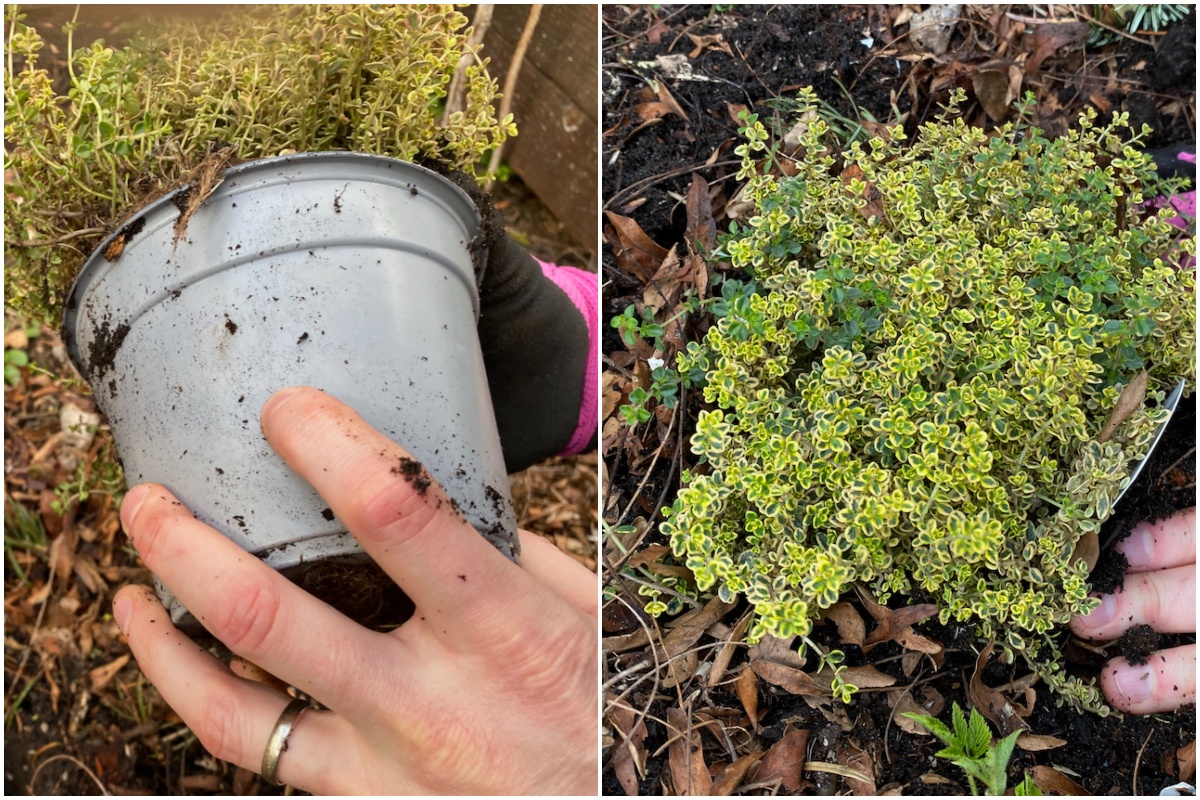
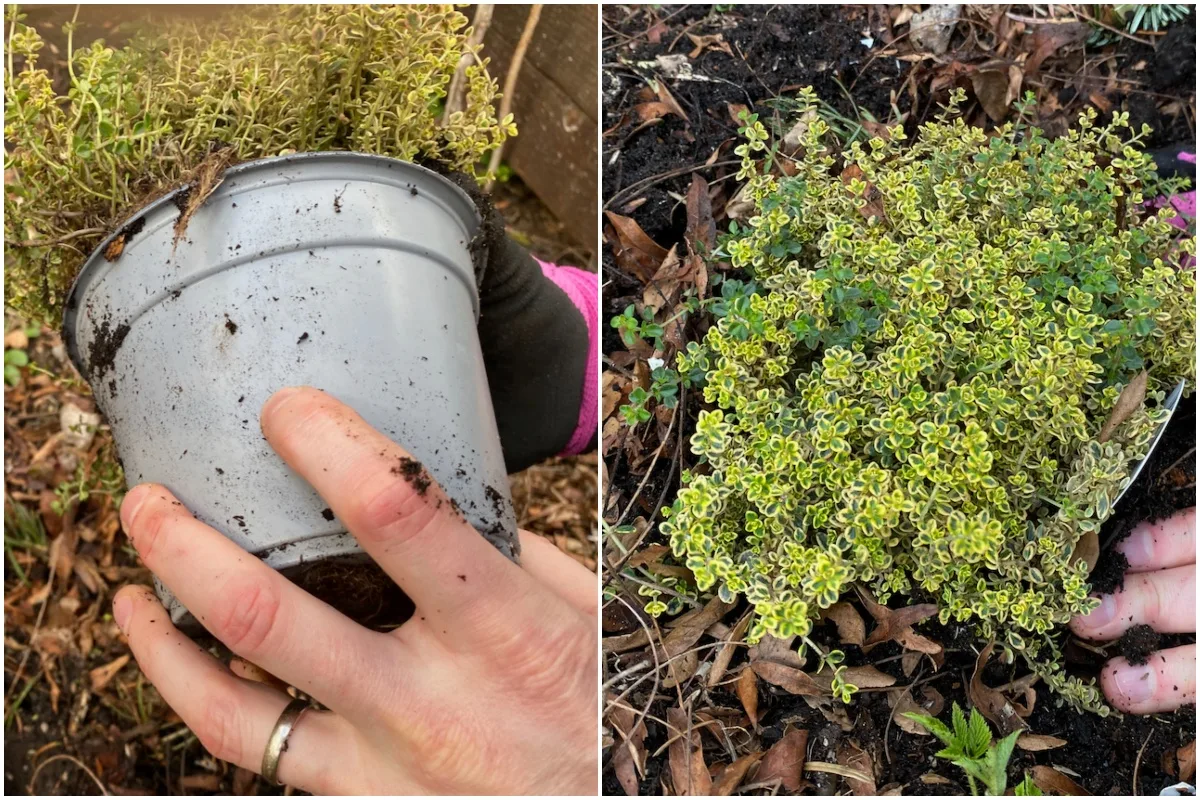
I like planting perennials. Above all, I like the truth that there’s a perennial for each backyard. For each sort of soil. For each sort of shade. In any shade I may presumably think about.
I can get mat-forming perennials, towering perennials and each measurement in between. I can get short-lived or long-lived perennials. However their nice selection and beneficiant versatility as a gaggle is precisely what typically lures me right into a false sense of safety.
It’s maybe being spoiled for selection that was a little bit of a entice for me considering that “every little thing grows in every single place”.
It’s not so simple as that. That’s how I ended up making some errors once I selected and planted my perennials.
Let me let you know about some perennial errors to be careful for, so that you don’t fall into the identical traps I did.
1. Wishful considering after we’re shopping for perennials.
Let’s begin with a entice I fall into nearly each single time I am going purchasing for vegetation. I’m curious if it occurs to you too.
I wander across the backyard heart and my eyes are larger than … my backyard. So I proceed to fall in love with vegetation and put them in my buying cart with out doing a little bit of analysis first. That is how I find yourself selecting vegetation that aren’t appropriate for my small yard area.
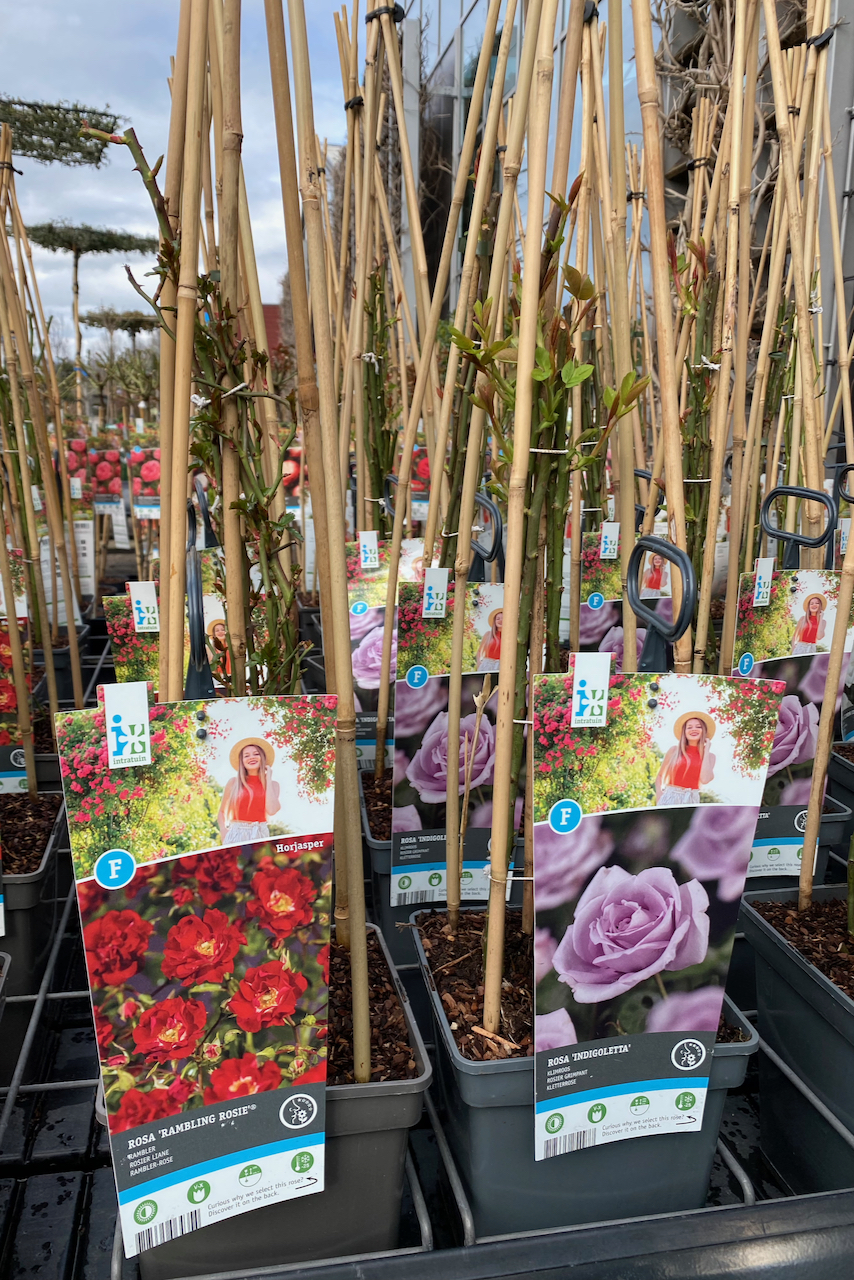
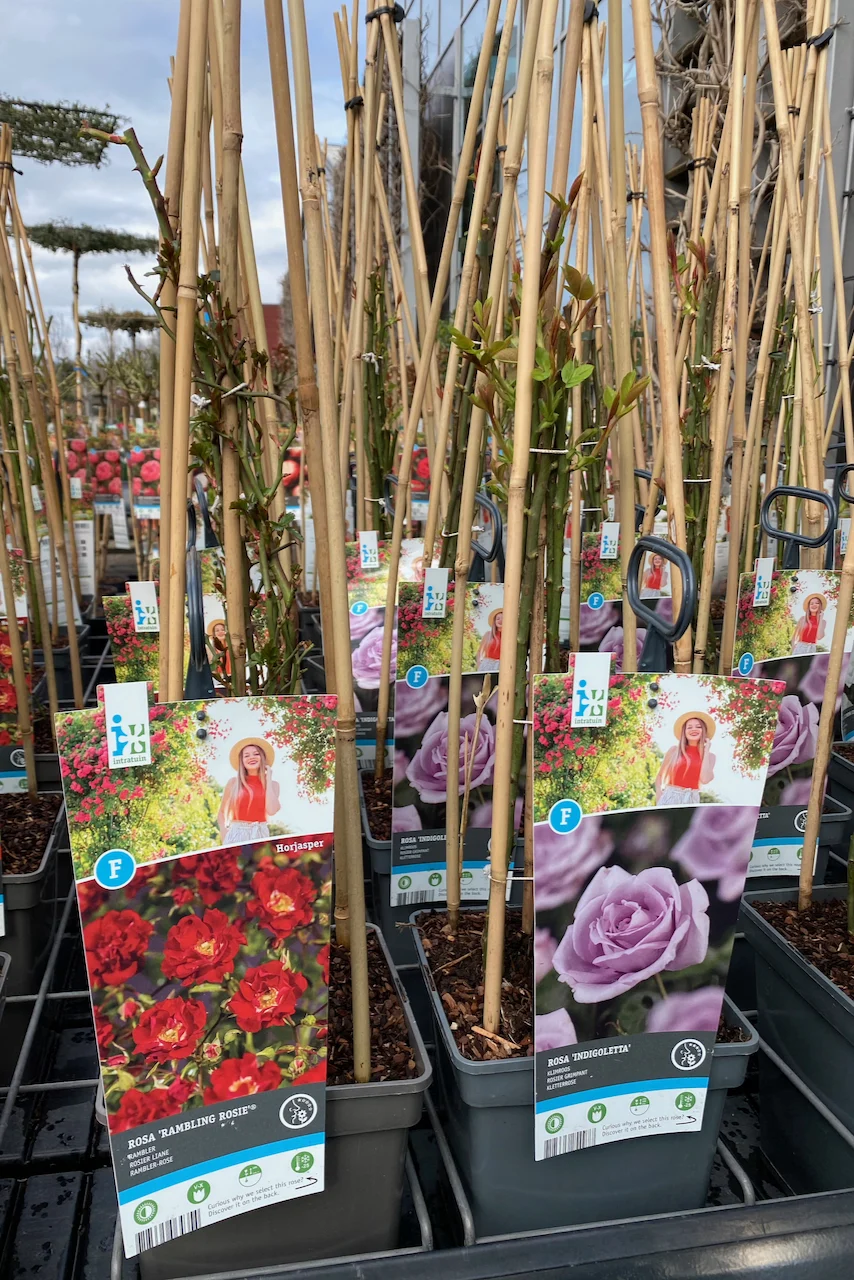
There is just too a lot temptation once I go plant buying.
After I was getting plants for this hanging basket, I additionally purchased a potato vine (Solanum jasminoides, nothing to do with the common-or-garden potato) on impulse. It was an exquisite perennial, however I had no area for it in my backyard. And it definitely wasn’t appropriate for a dangling basket. So I ended up gifting it to a gardener pal.
Whether or not it’s a shrub that will develop too giant for the area you allotted for it, a plant that’s thought-about invasive in your area or an annual mislabeled as a perennial, the temptation to deliver residence the unsuitable vegetation is actual.
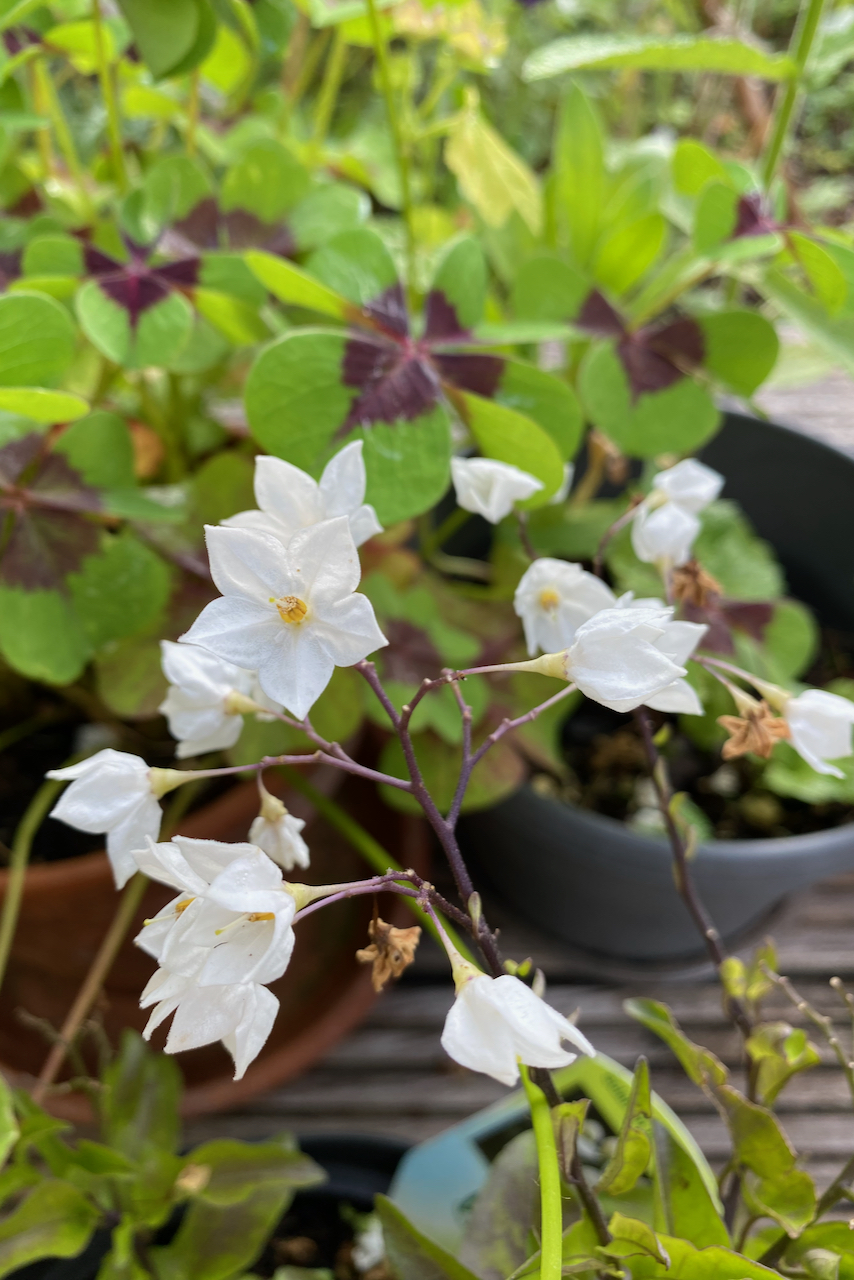
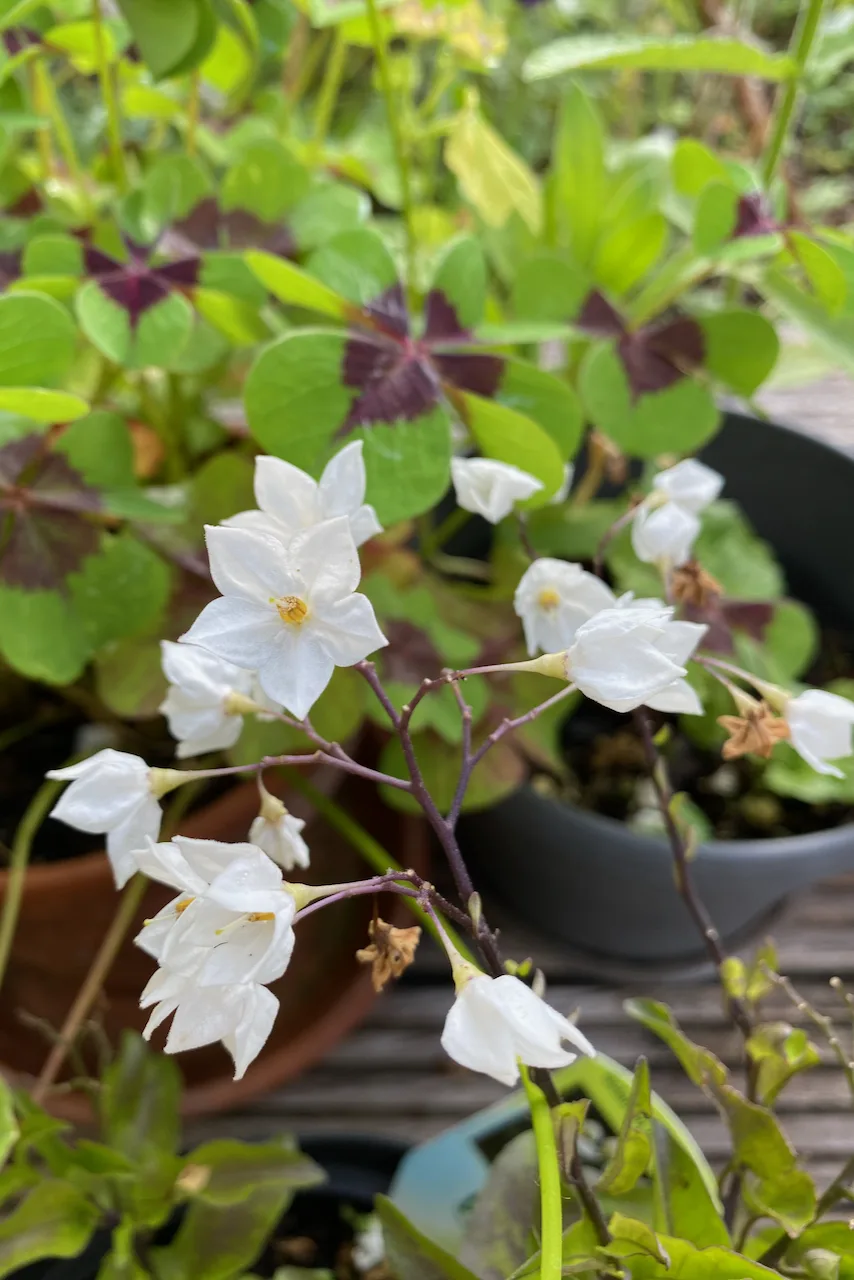
Solanum jasminoides, an impulse buy that struggled on my again porch till I gave it away.
I want I may belief plant distributors to curate and label issues correctly. However I seen that it’s very a lot a free-for-all when it comes to what’s on sale, particularly if I store at giant massive field shops.
That’s why I attempt to stick with small nurseries which might be extra more likely to provide appropriate vegetation for my space. However even then, I’ve to stay vigilant and stick with my buying checklist.
2. Wishful considering after we’re planting perennials.
Let’s say I didn’t fall into the entice above. That I introduced residence a plant that I really deliberate for and have sufficient area for. One mistake I typically make at this level is veering from knowledge considering (proper plant, proper place) to wishful considering (wouldn’t it’s good?)
Positive, I purchased this lantana that will thrive within the solar. However wouldn’t it’s good if I planted below the smoke tree the place that hole is? By no means thoughts that it will barely get any daylight save for an hour or two within the afternoon.
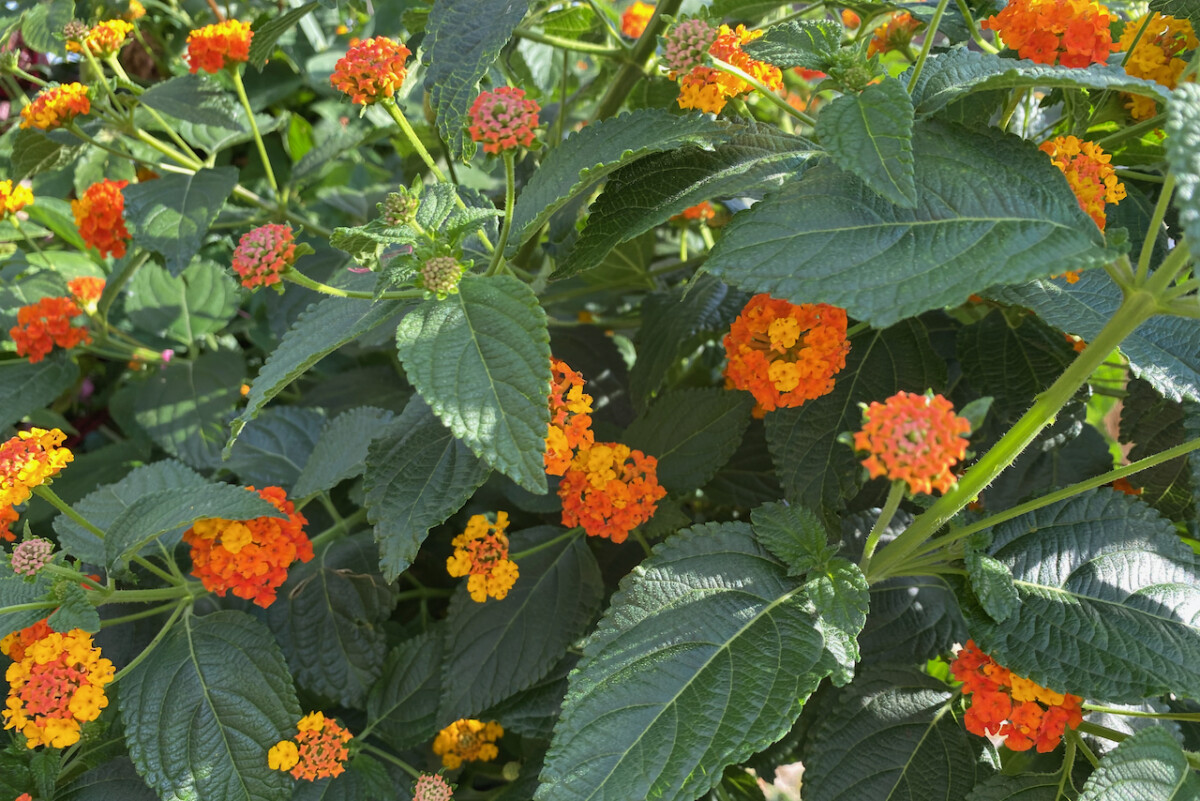
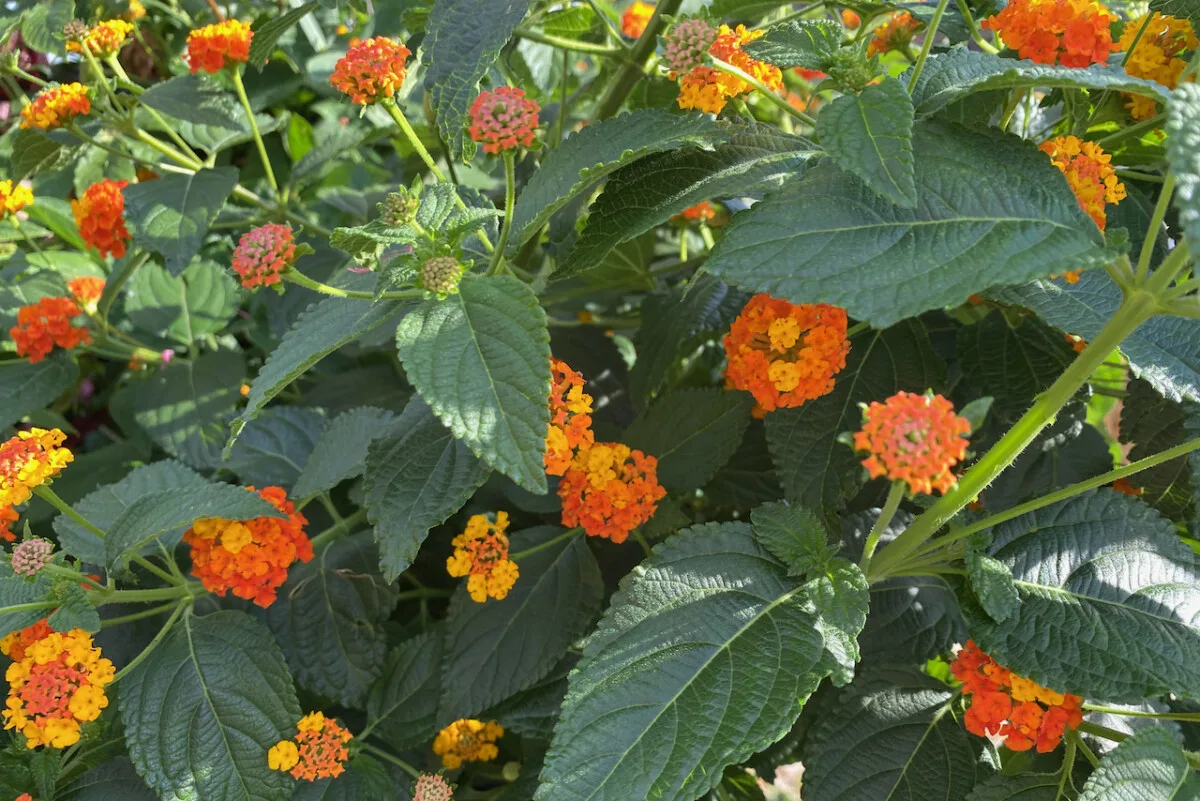
Lantana wants solar. So why do I hold making an attempt to plant it below a tree?
In fact, this lavender wants sandy soil and fewer water to greatest accommodate its Mediterranean roots. However wouldn’t its silvery foliage look cool towards the pink of the hydrangeas? The identical hydrangea shrubs which might be perpetually thirsty. By no means thoughts that the 2 vegetation don’t have the identical water necessities. They’ll determine it out.
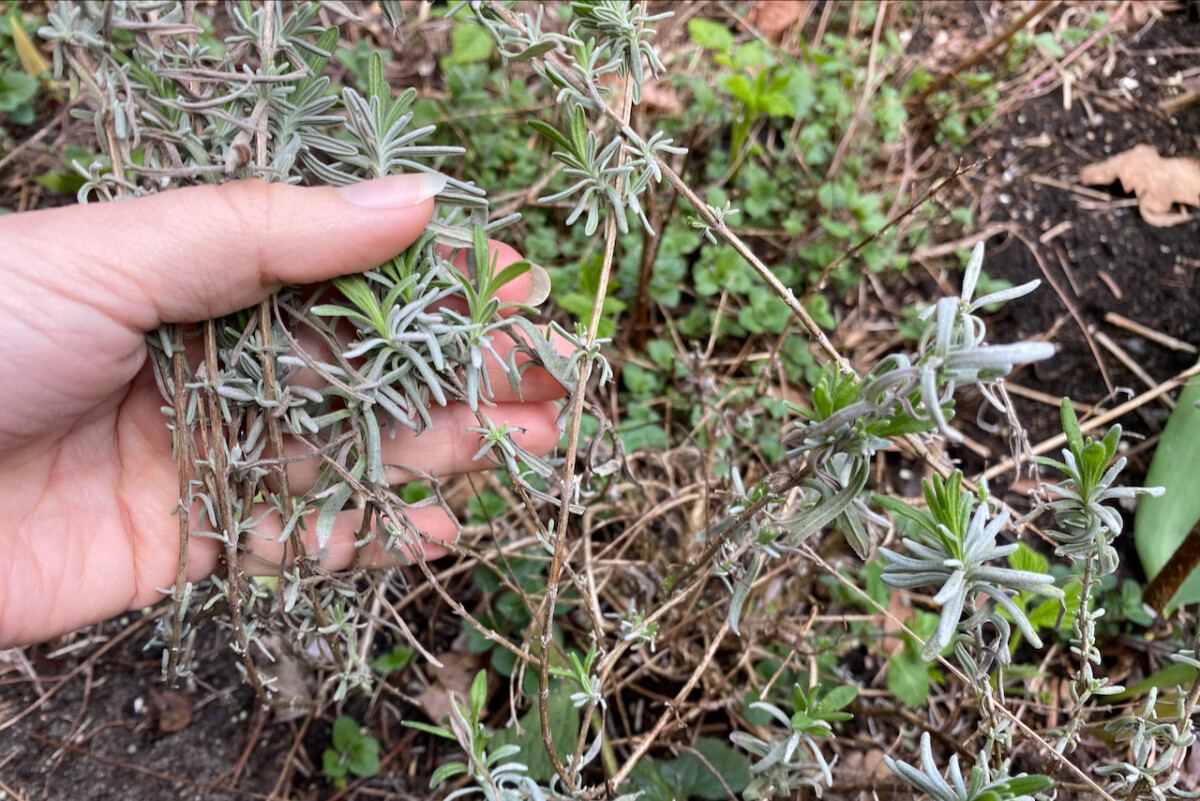
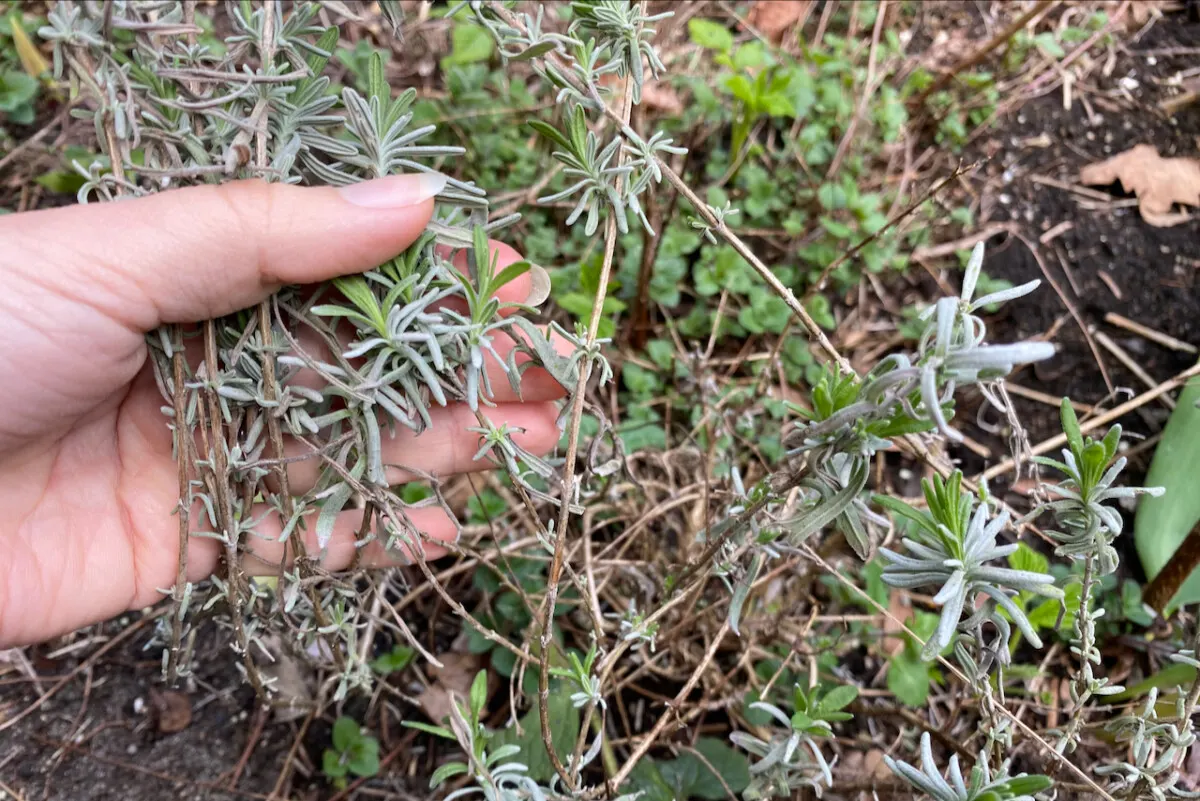
My struggling lavender. In a spot that will get an excessive amount of water and too little solar.
You get the gist, proper?
I name it wishful planting. And despite the fact that more often than not, it doesn’t kill perennials outright, it definitely interferes with their potential. They won’t bloom as profusely. They won’t reside as lengthy. They usually may stretch to kingdom come looking for that daylight I’m depriving them of due to the wouldn’t it’s good? mindset.
3. Not accounting for various flowering occasions.
This one is one thing you be taught (or moderately be taught to keep away from) by doing. I’ve made this error for just a few years and I believe I nonetheless have a approach to go in optimizing and spreading out flowering time.
I used to be good at planning spring blooms. I’d plant bulbs within the fall, then have a succession of daffodils, hyacinths and tulips come spring. A wonderful sight. However as soon as they had been gone, there was a flower hole till the early summer time perennials began to open.
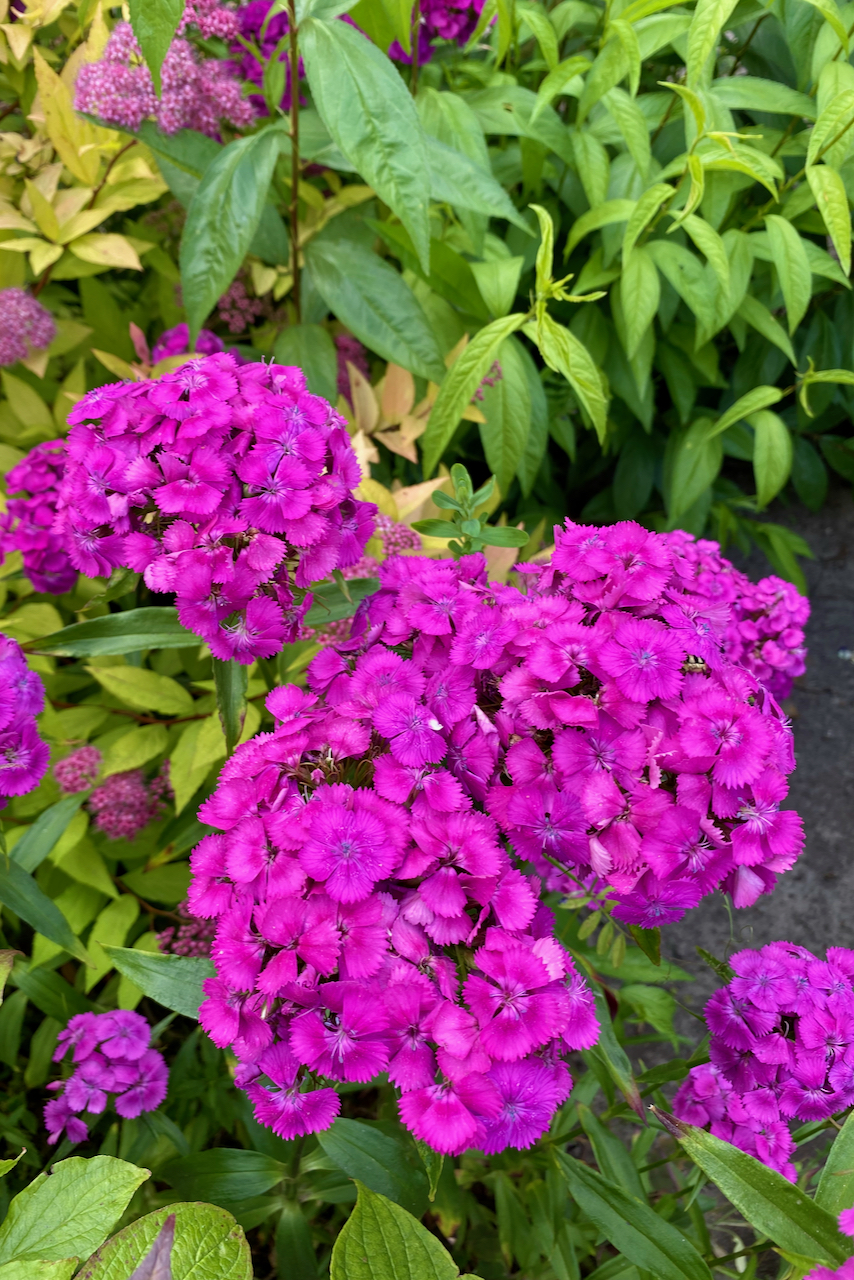
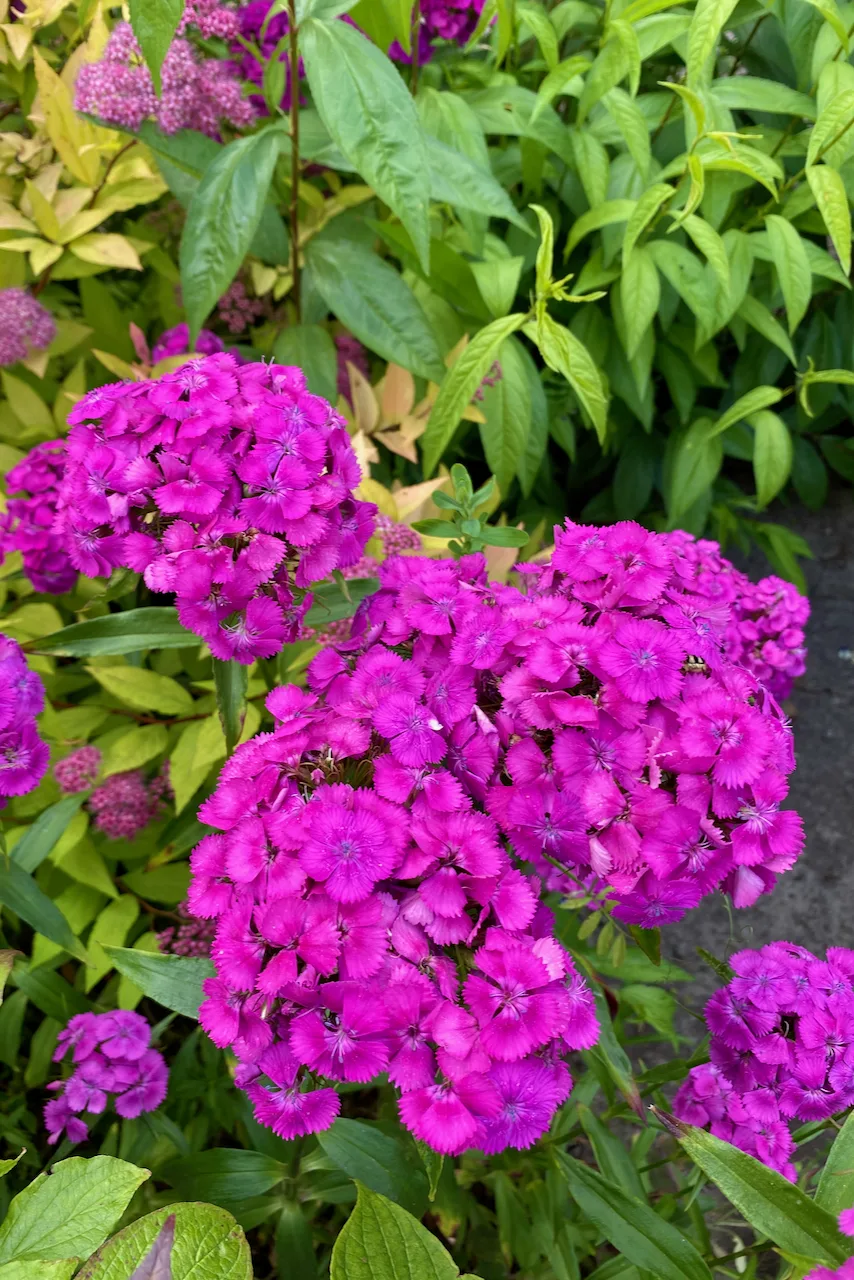
I’ve realized to account for early summer time flowering gaps by planting ornamentals corresponding to dianthus.
Over time, I realized that I ought to account for this hole by planting pansies, windflowers (spring anemone), dianthus and even late-blooming tulips. All of those can be in full bloom in my temperate local weather zone in Could and early June.
Equally, I realized how one can shut the late summer time hole – between the time summer-blooming perennials begin to fade, however chrysanthemums and Japanese anemone haven’t totally bloomed but.
Russian sage (Perovskia), Turkish sage (Phlomis russeliana), Verbena bonariensis and canna lilies are the perennials that can take over flowering duties presently of yr.
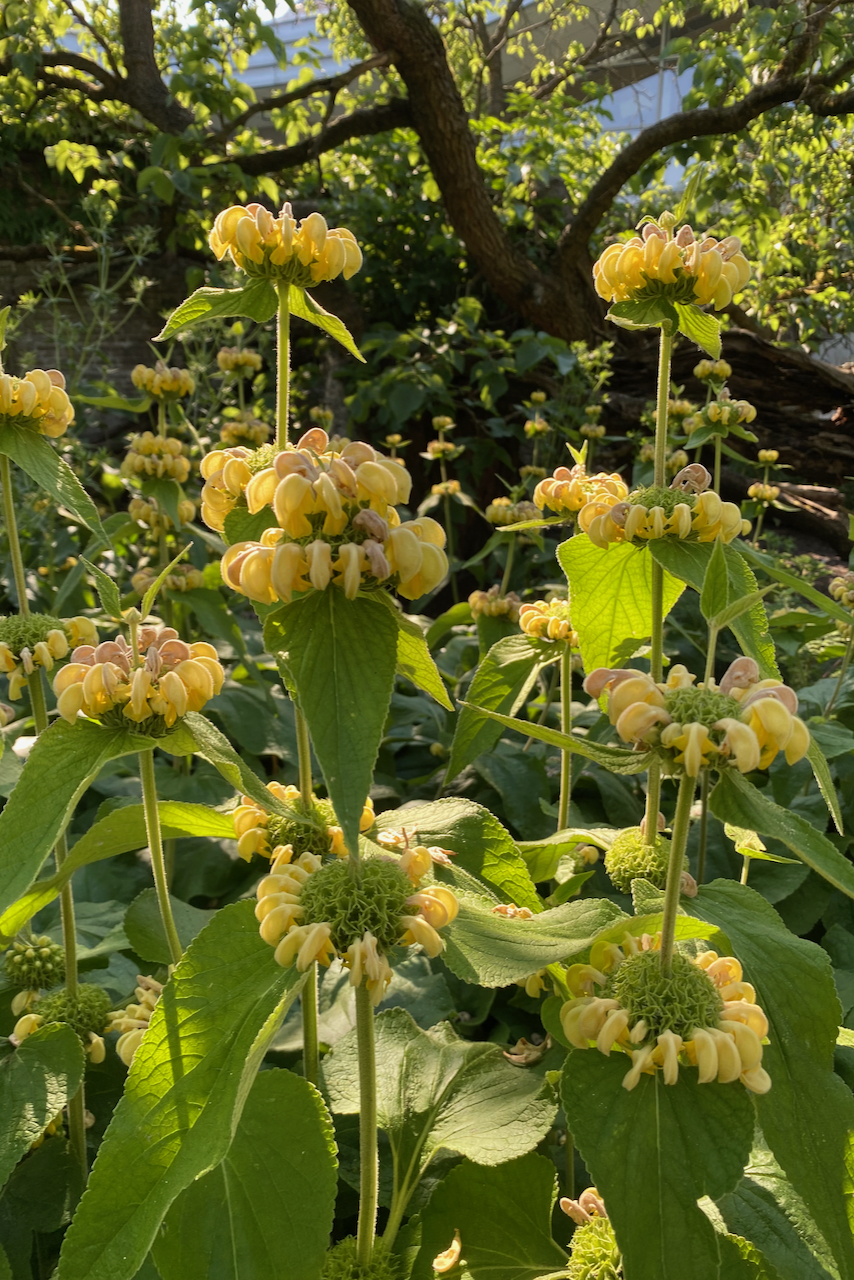
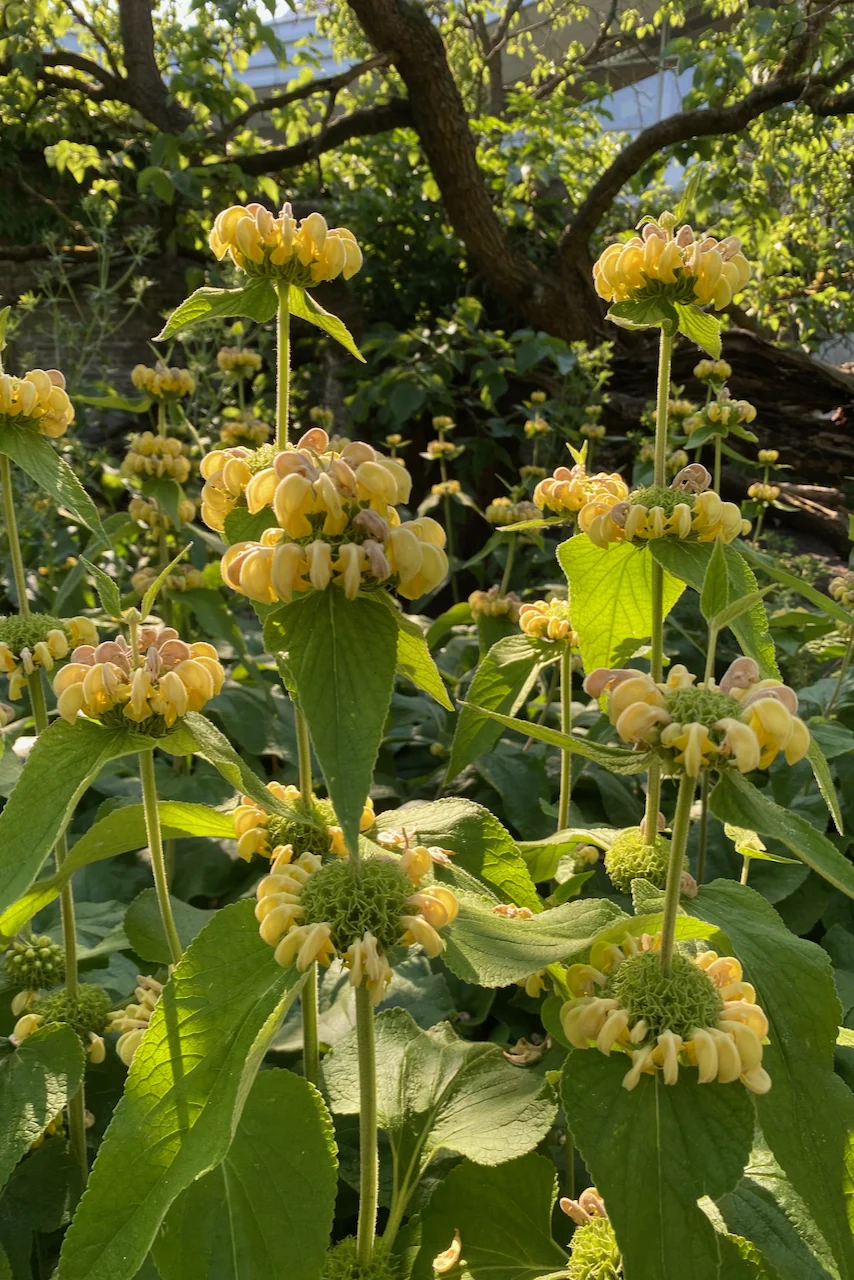
Turkish sage closes the late summer time hole.
If this type of flowering math looks like an excessive amount of bother, particularly in the event you’ve caught the gardening bug just lately and nonetheless really feel a bit overwhelmed by an excessive amount of info, take a look at this checklist of long-blooming perennials. These will cowl just a few months of blooms whilst you’re nonetheless determining what works nicely to your area.
4. Planting perennials on the unsuitable depth.
This could go both approach. You’re both burying the perennials too deeply once they prefer to be floor stage. Or not burying them deep sufficient.
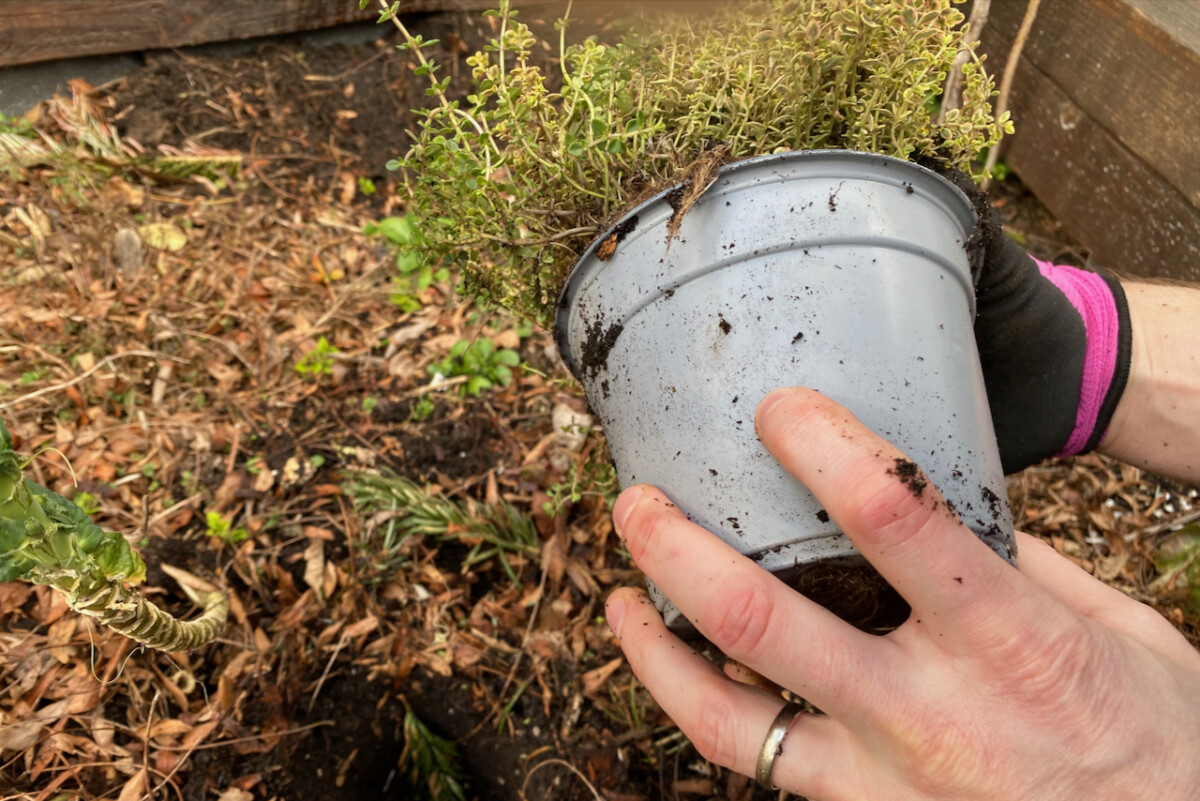
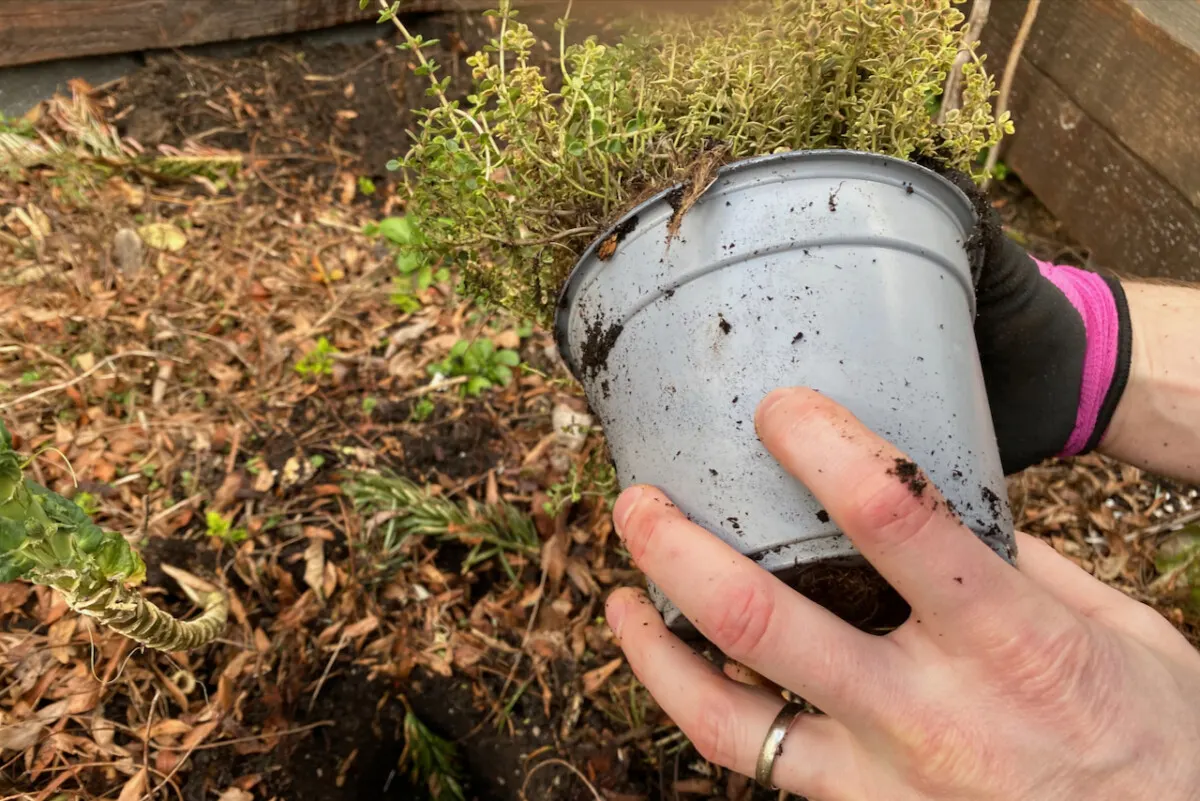
As a basic rule, I attempt to match the depth of the nursery pot once I switch the vegetation into the backyard.
There are some vegetation which have shallow roots. Right here’s an inventory I made once I was planting my shallow garden. Common perennial shrubs, corresponding to camellias, rhododendrons and azaleas, even have shallow roots. So after we bury them too deeply, we find yourself piling soil across the stems too, which can hold them too damp. Not good.
Alternatively, there are some vegetation that choose some depth. It helps them get better after being transplanted.
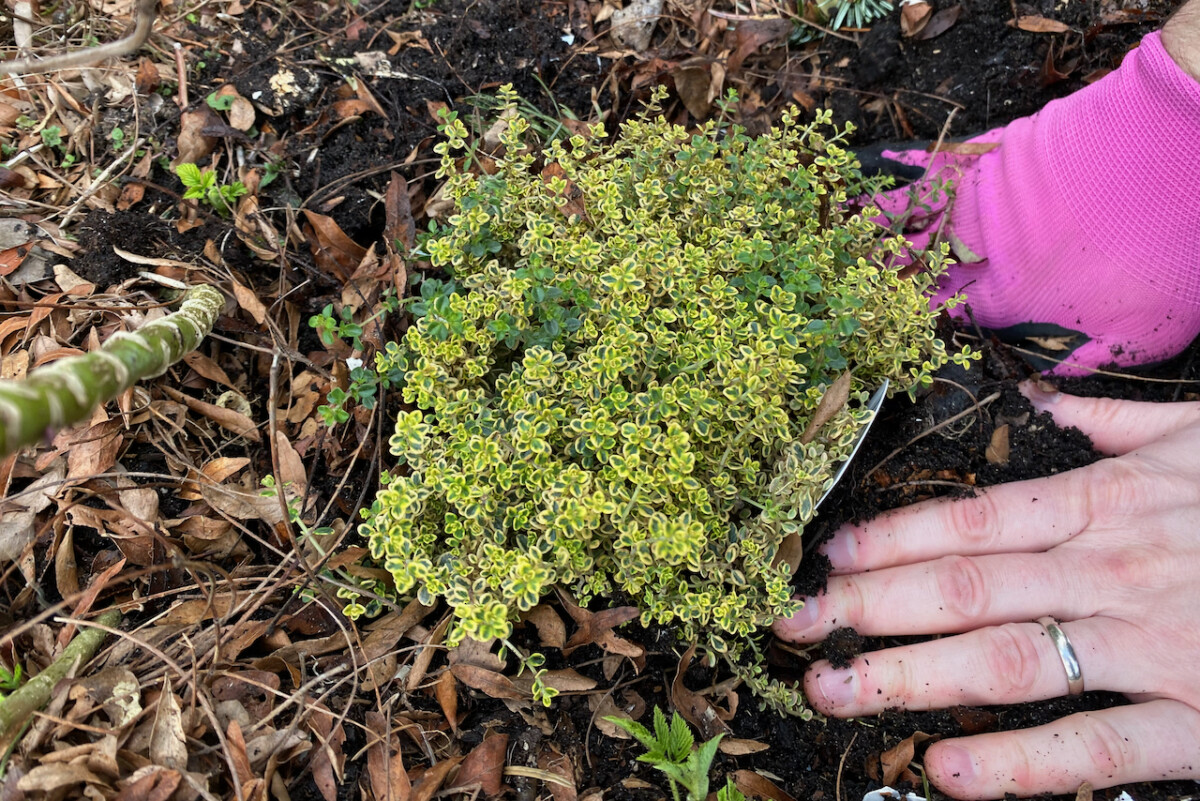
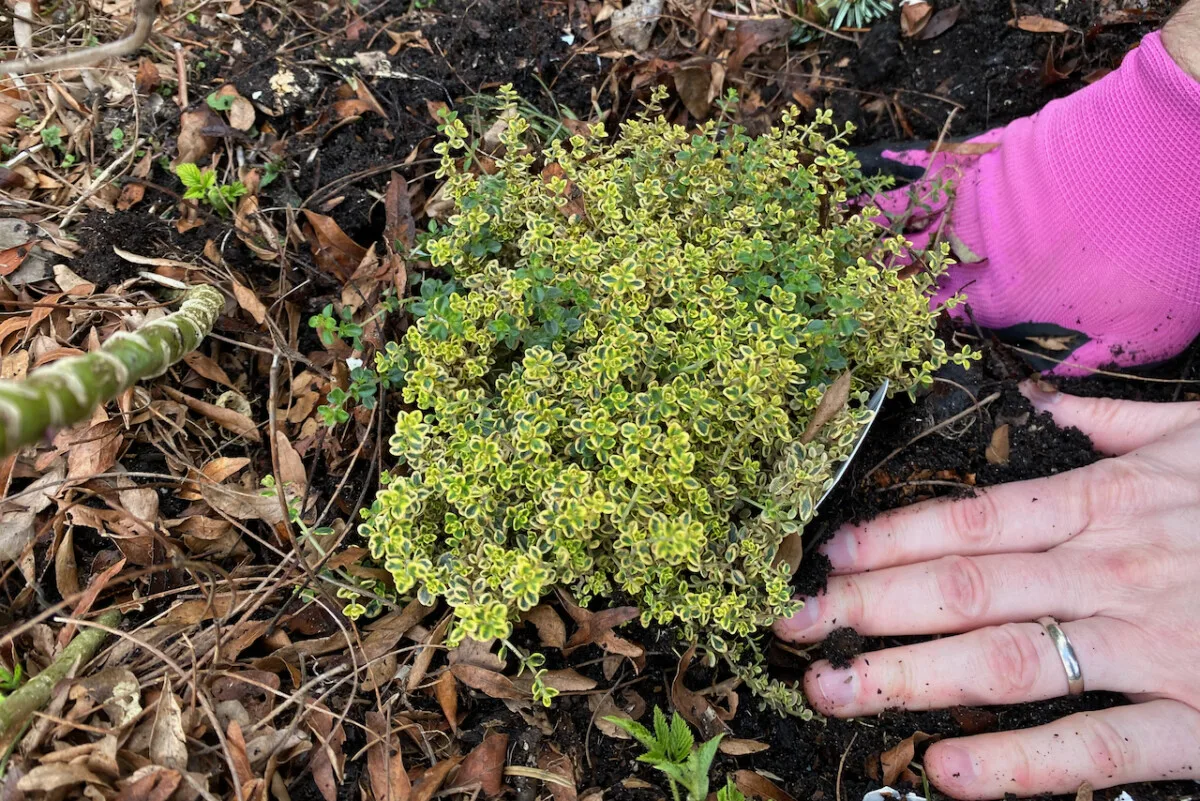
Understanding which is which may appear complicated. So the rule that helps me once I transplant perennials is to stay to the peak they’re planted at within the pot. I assume that the nursery planted it at an optimum depth, so I hold the identical depth once I transfer the plant to the backyard. Thus far, following this rule of thumb has labored rather well.
5. Not understanding sorts of shade.
I’ve realized this the onerous approach too. However in a great way.
I ended up with just a few brunnera vegetation, with the one place to plant them being a shaded a part of my entrance yard. I didn’t have very excessive expectations, however they had been rescued vegetation so that they went within the floor anyway. They ended up thriving in that spot as a result of the shade wasn’t full, however dappled.
Dappled shade shouldn’t be full shade. It’s not partial shade both.
Right here’s the distinction:
Dappled shade is normally discovered below a cover the place the solar filters down via the tree branches. Perennials which might be descendants of woodland vegetation (corresponding to rhododendrons and wooden anemones), choose one of these alternating sample between mild and shadow.
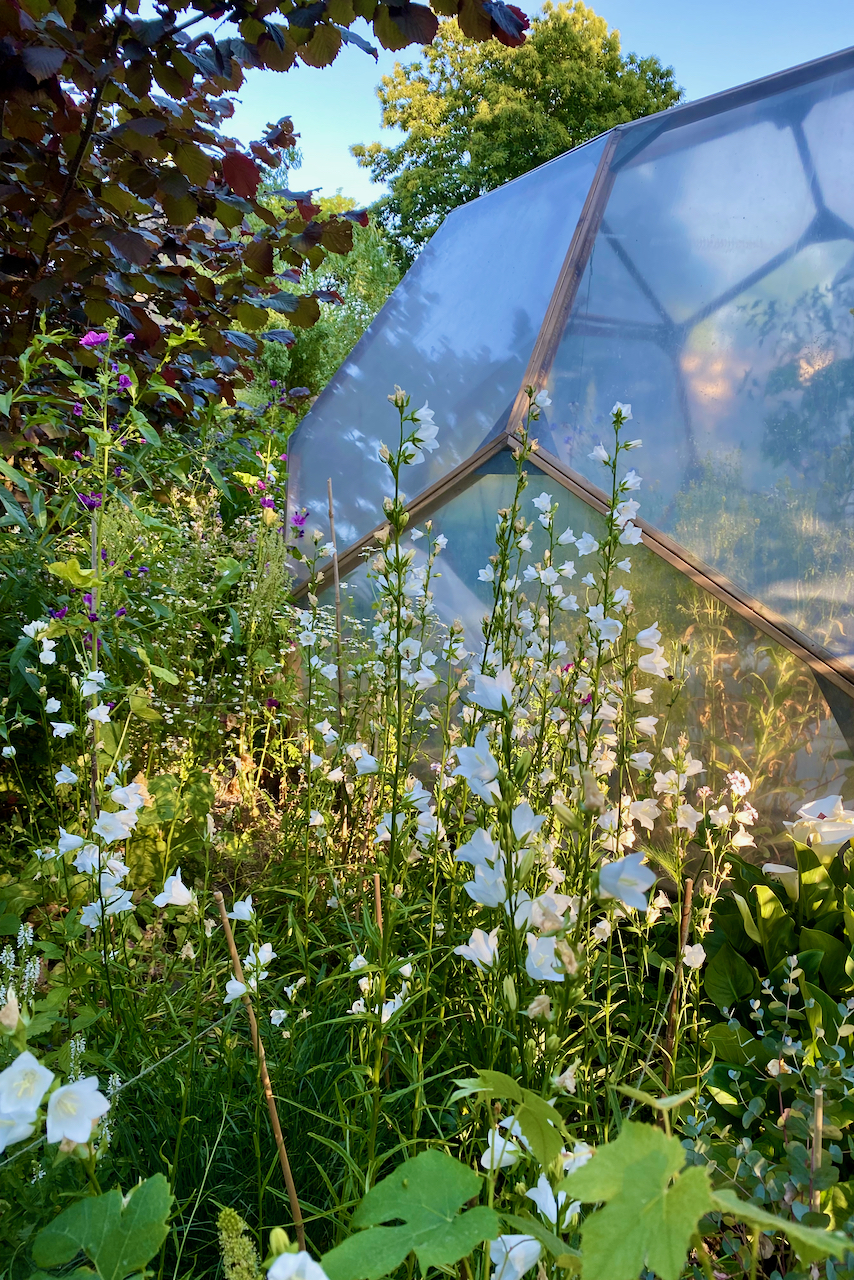
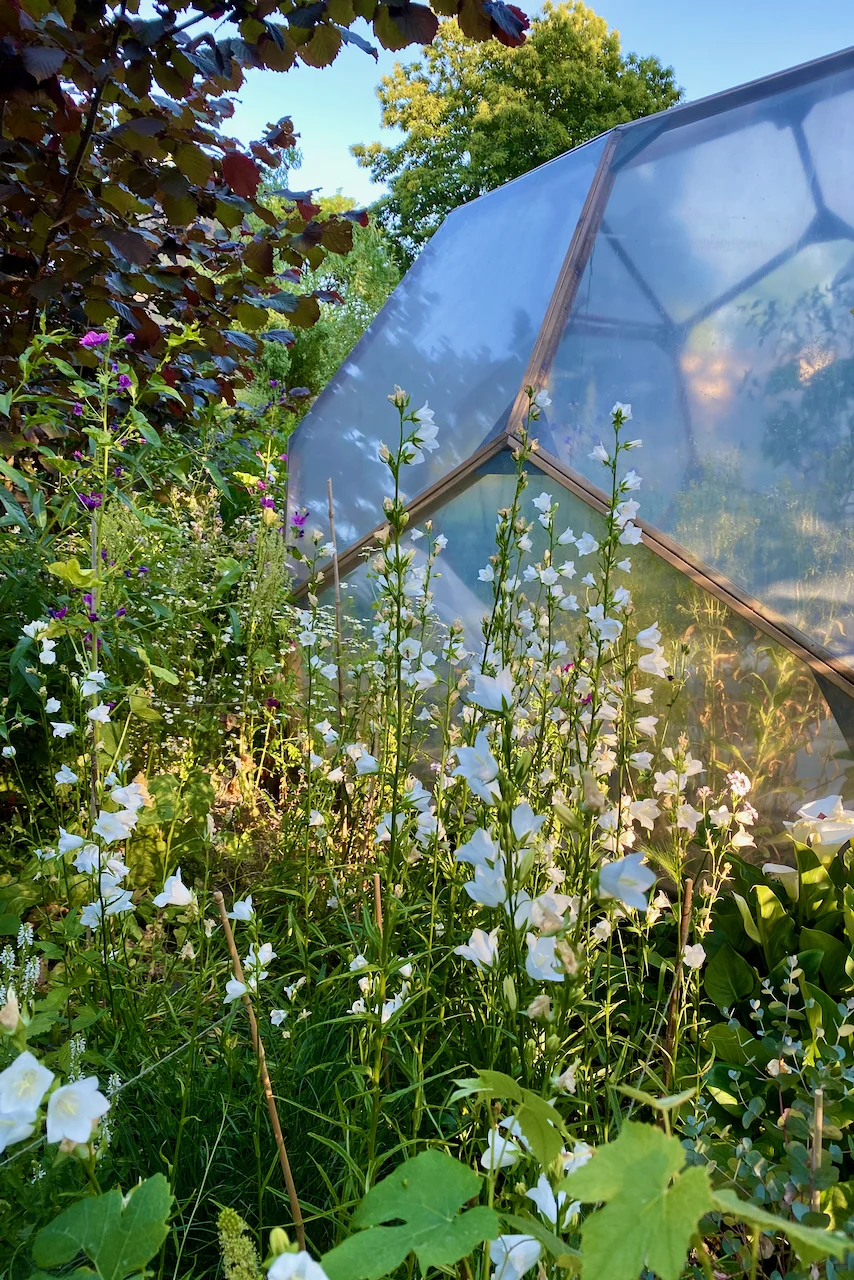
Dappled shade below a tree cover.
Partial shade (additionally referred to as half shade or half shade) refers to a spot that will get between three and 6 hours of daylight a day. Understand that the hours don’t must be contiguous. Some half shade places can get three hours of morning solar and one hour of night solar, relying on their orientation and what’s round them to forged shade.
Full shade places obtain fewer than three hours of direct daylight every single day.
It’s vital to notice that having a shaded backyard received’t spell the tip of your gardening desires, so long as you plant perennials with that in thoughts. Take a look at Lindsay’s checklist of 25 shade-loving perennials that can brighten up your backyard.
6. Not planting extra of what we love.
I used to have this type of self-imposed restrict. A sort of psychological hangup that advised me my vegetation had been as soon as and completed.
No, thanks, beneficiant gardener pal! I have already got a black-eyed Susan in my backyard, so I received’t take your extras. Though they’re a special cultivar – of a special top and sample. And I’ve sufficient area for them. And I like them to bits. One is sufficient. I’m a one-and-done sort of gardener.
I used to assume this fashion once I began gardening. I wished to strive planting every little thing, however this meant it must be just a bit little bit of every little thing. Not enjoyable. Over time, I’ve began to permit myself to only get extra of the identical plant if I actually find it irresistible.
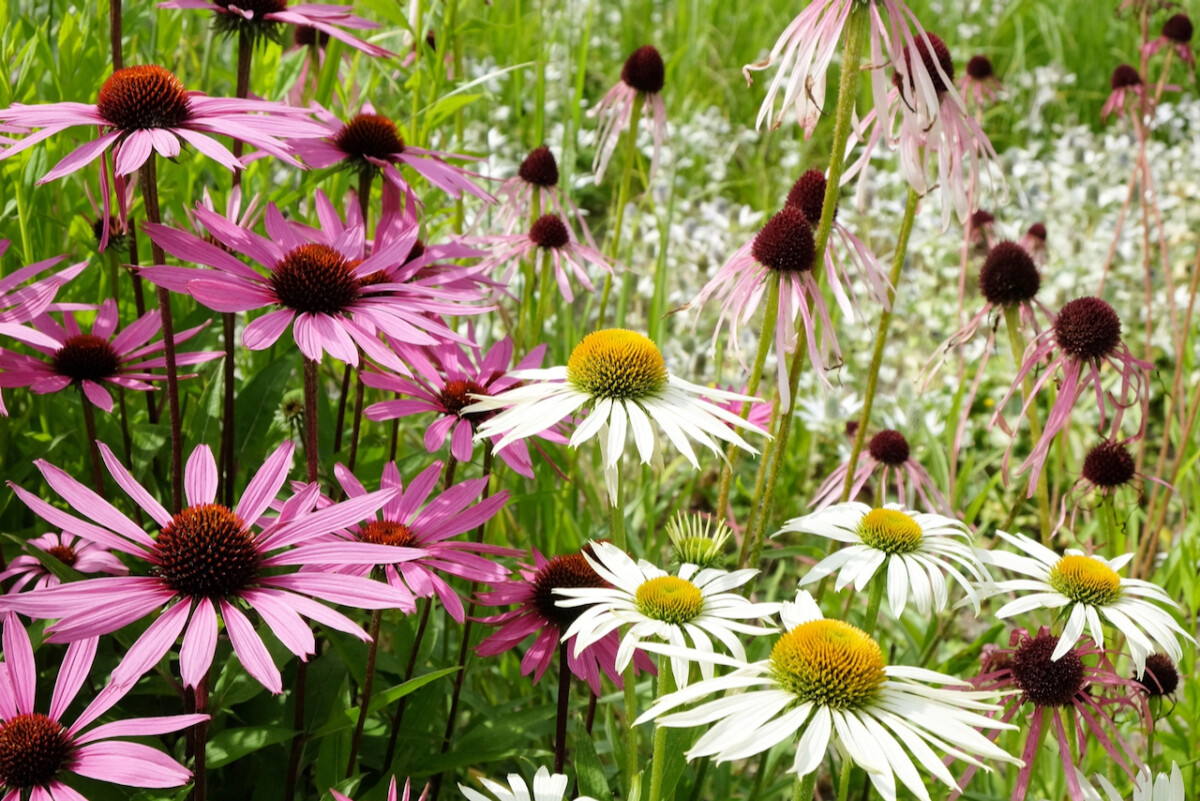
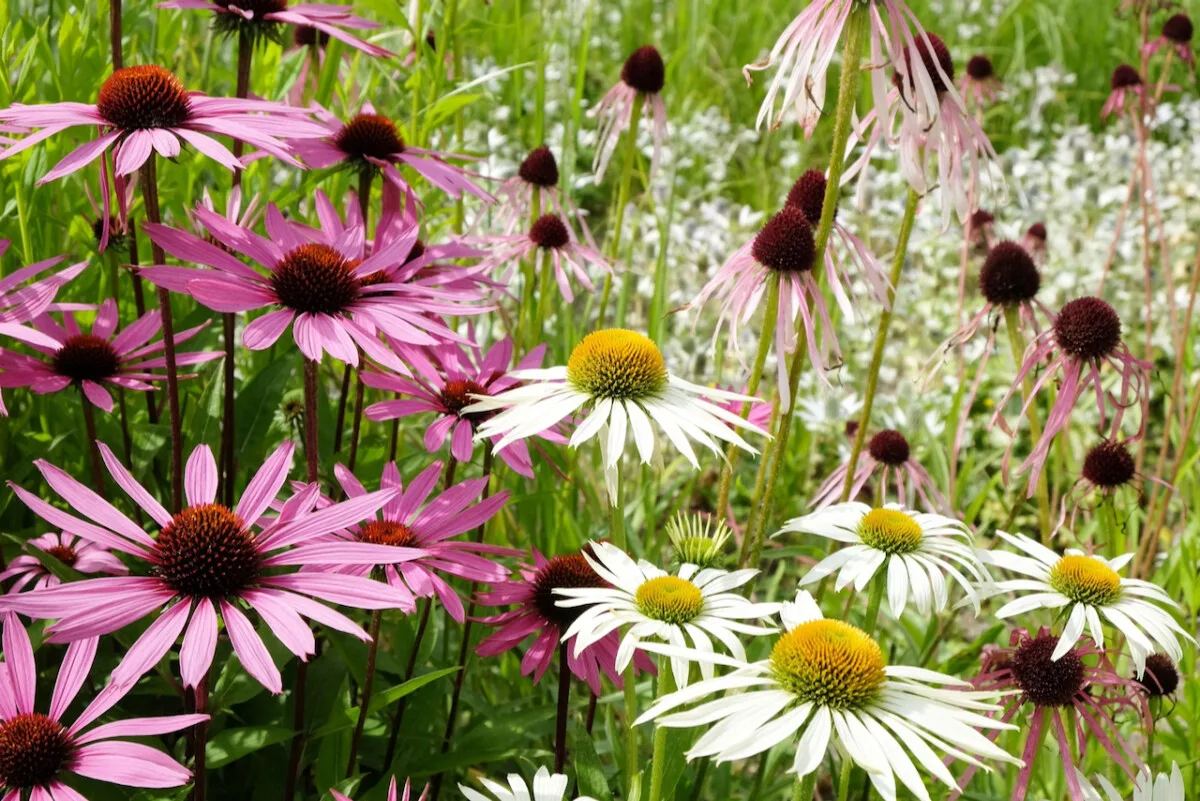
Even the repetition of a easy plant corresponding to coneflower (Echinacea) creates a shocking impact.
Extra echinacea, in numerous colours. Extra sea holly (Eryngium), in varied shades of the identical shade – blue. And extra perennial geraniums, despite the fact that I have already got just a few mounds of them.
And there’s an surprising side-effect of avoiding this perennial planting mistake. My beds and borders look a bit extra cohesive. Repeating the vegetation helps unify the border visually. And even when the repetition is seemingly at random, it appears extra harmonious general.

Get the well-known Rural Sprout e-newsletter delivered to your inbox.
Together with Sunday ramblings from our editor, Tracey, in addition to “What’s Up Wednesday” our roundup of what’s in season and new article updates and alerts.
